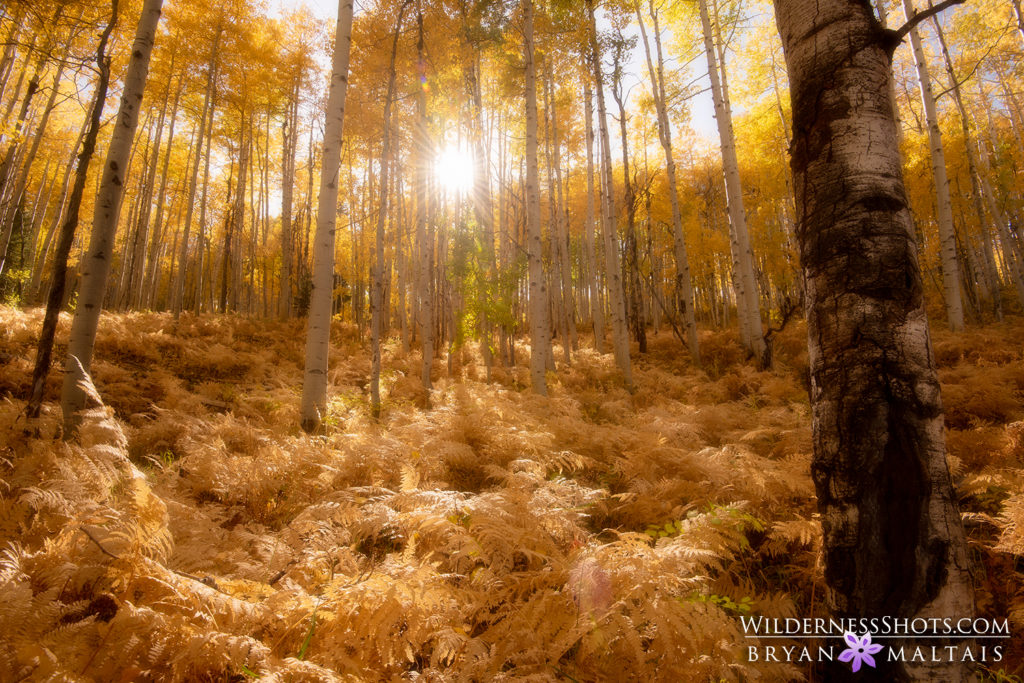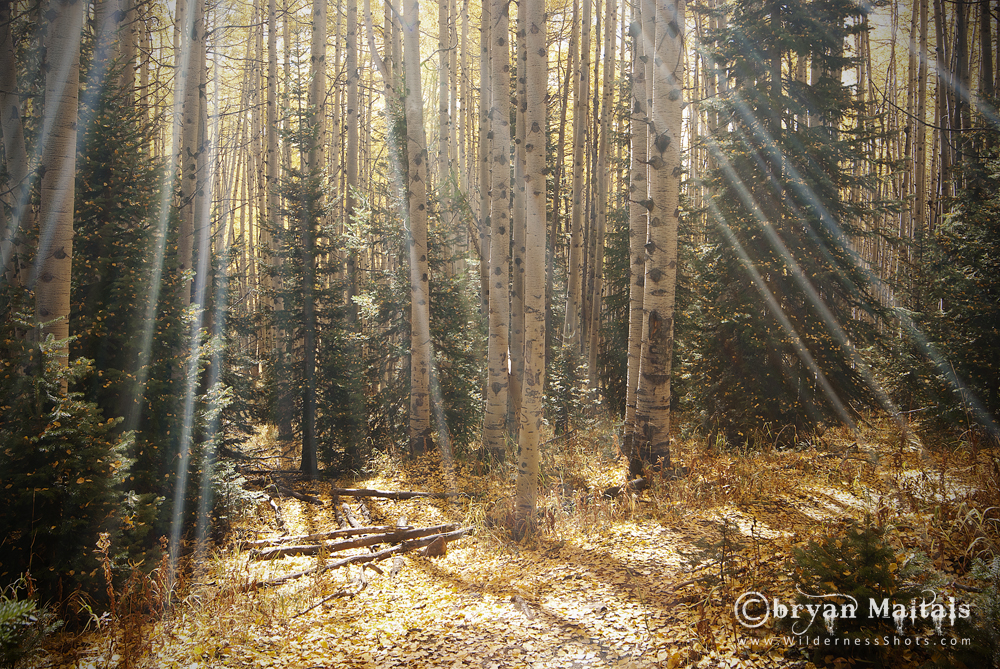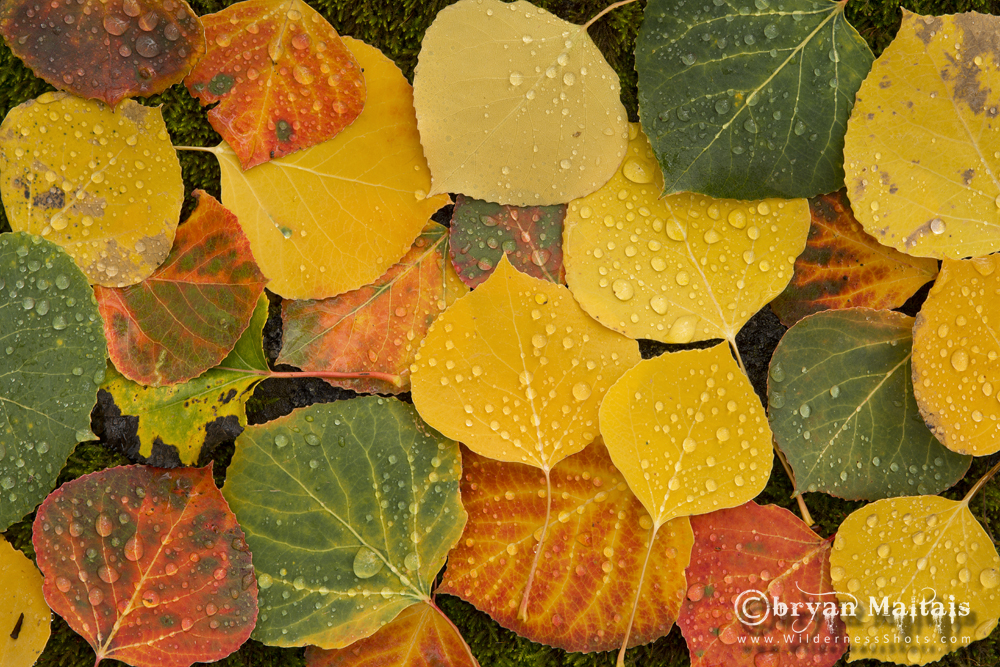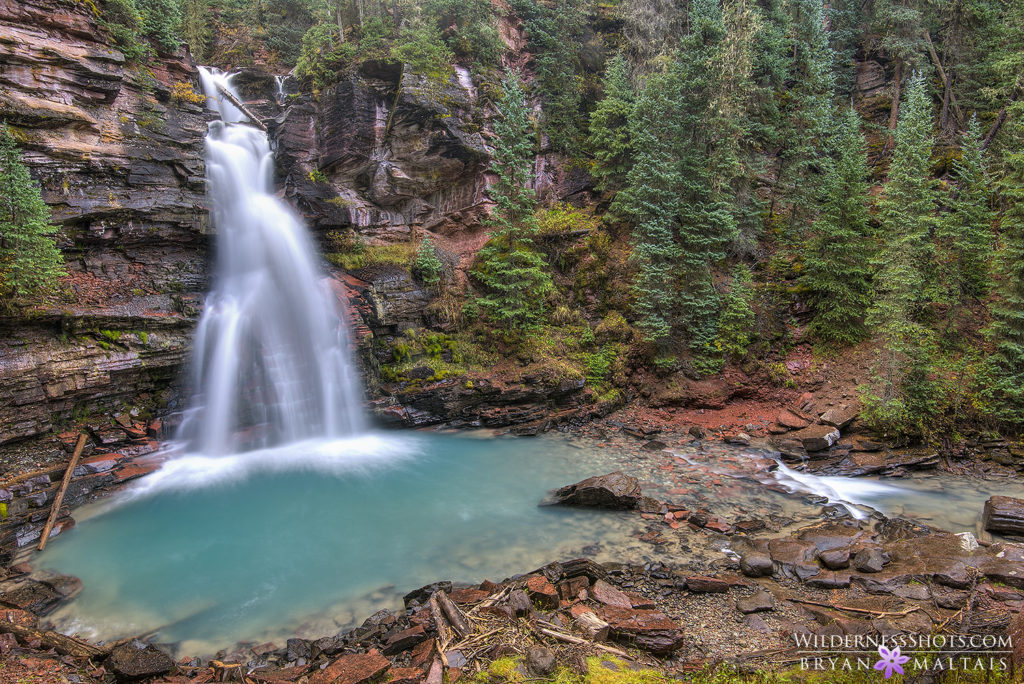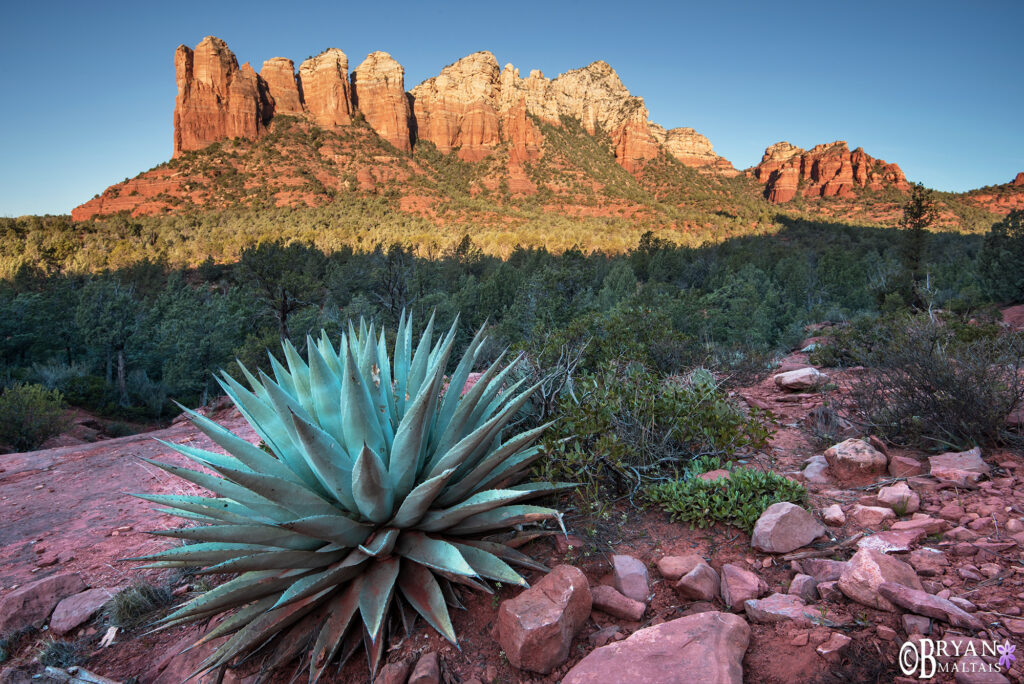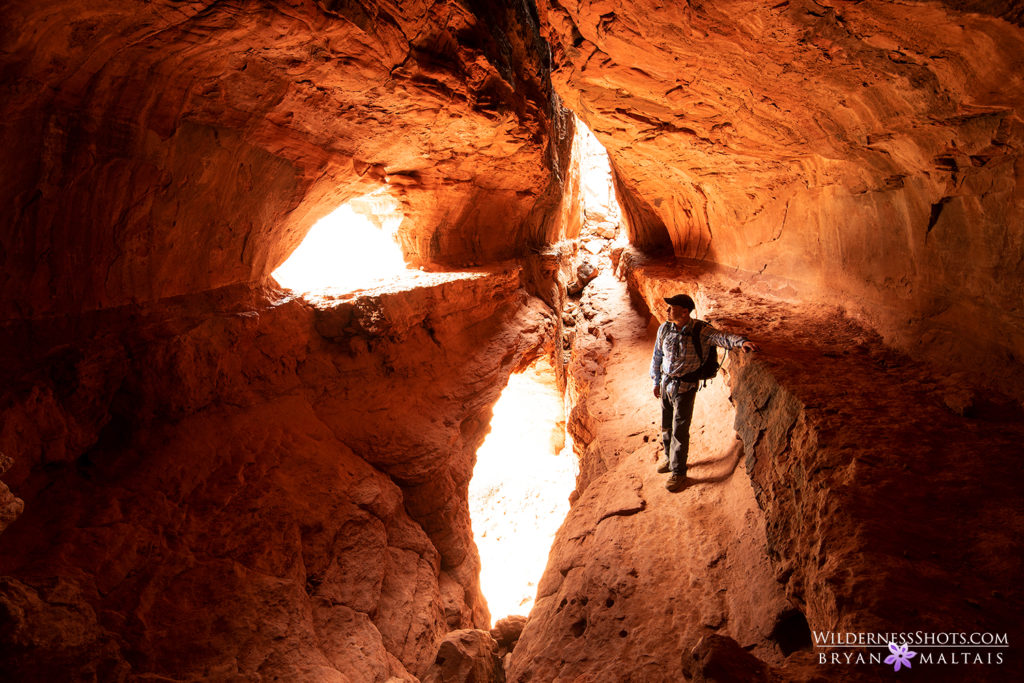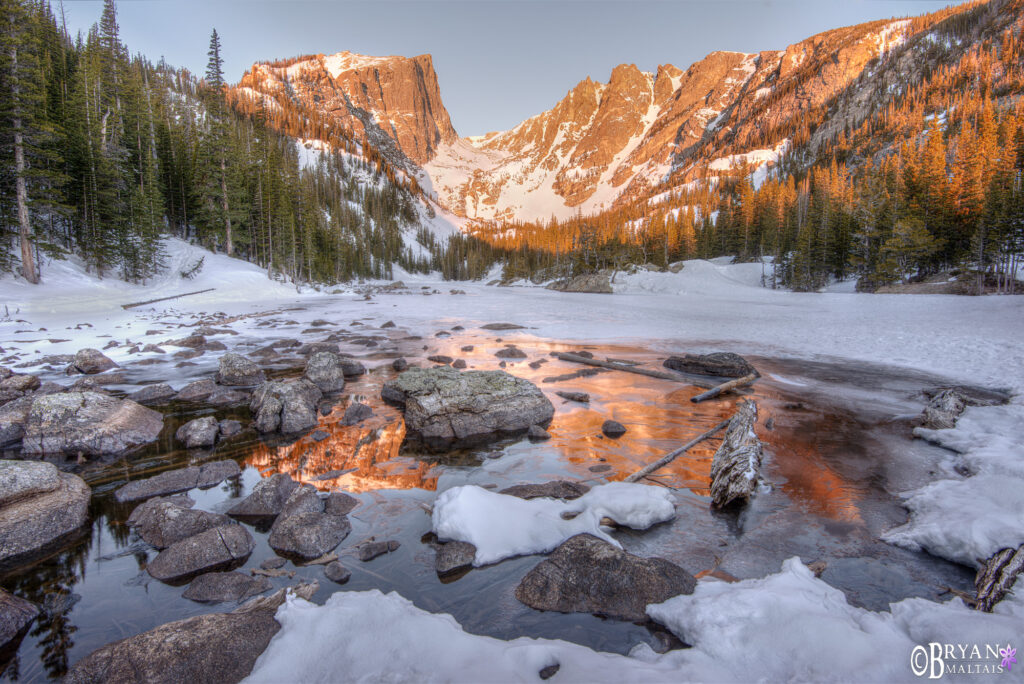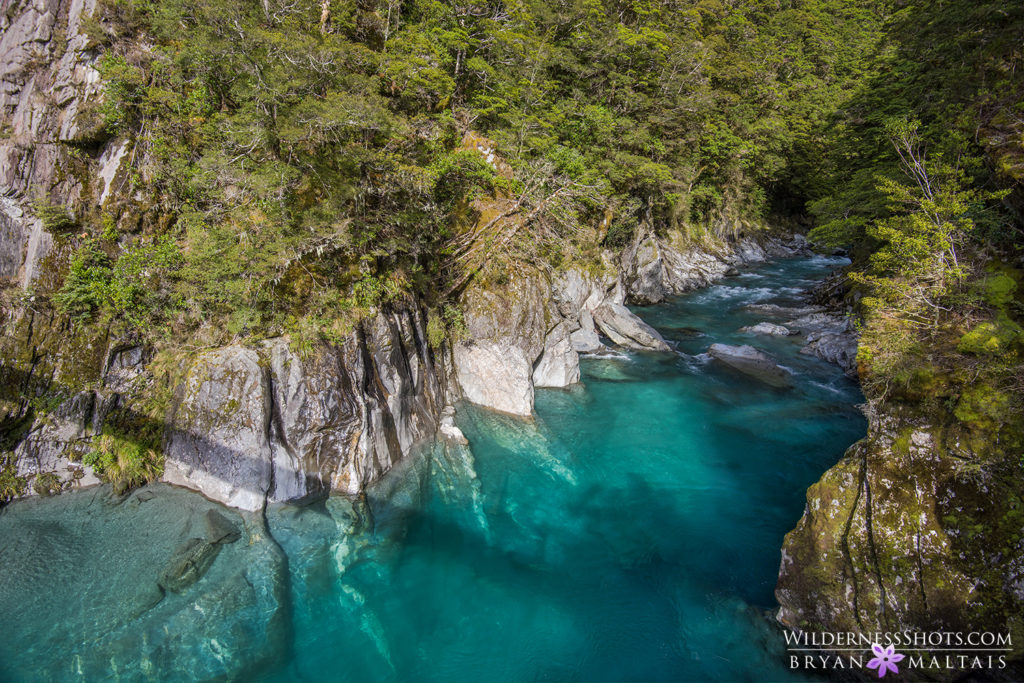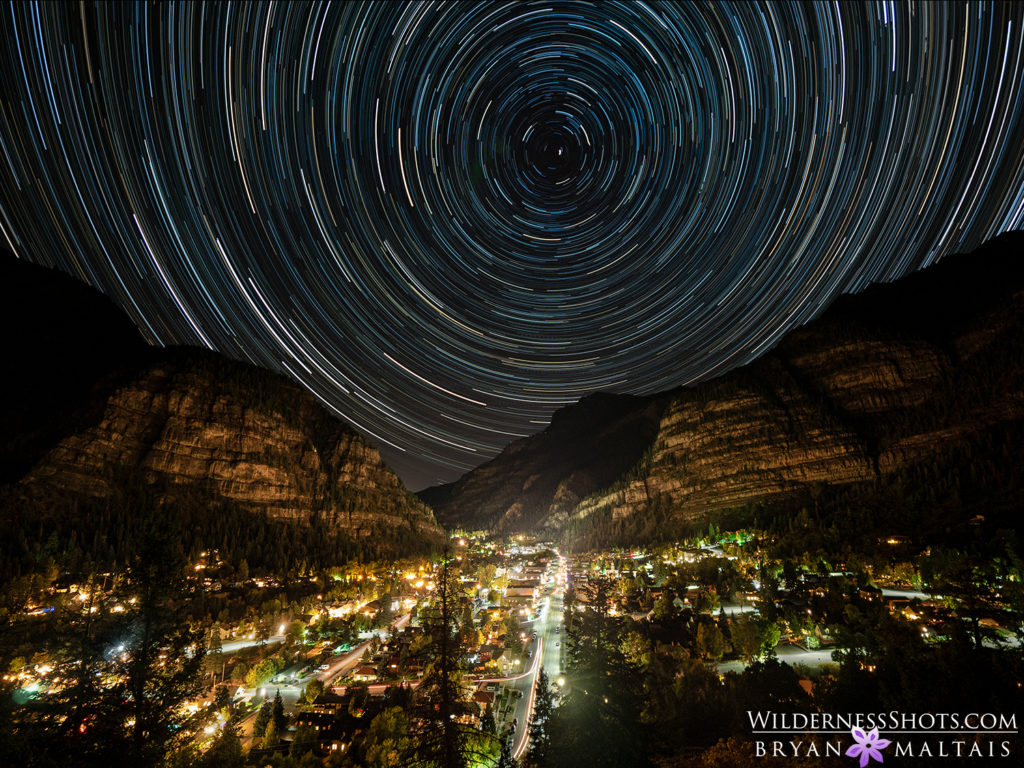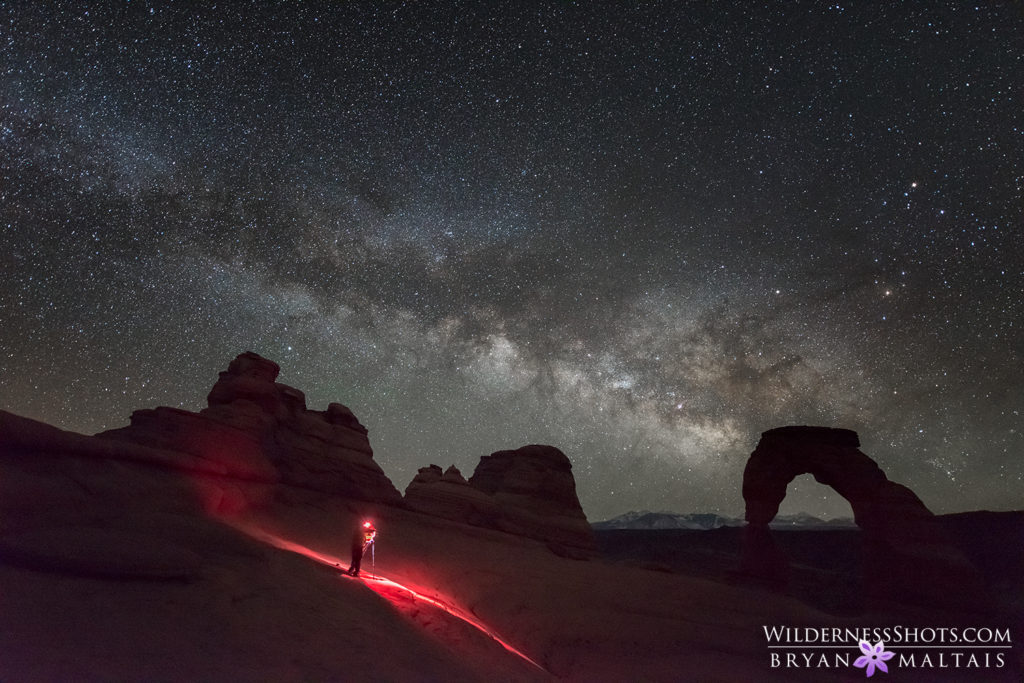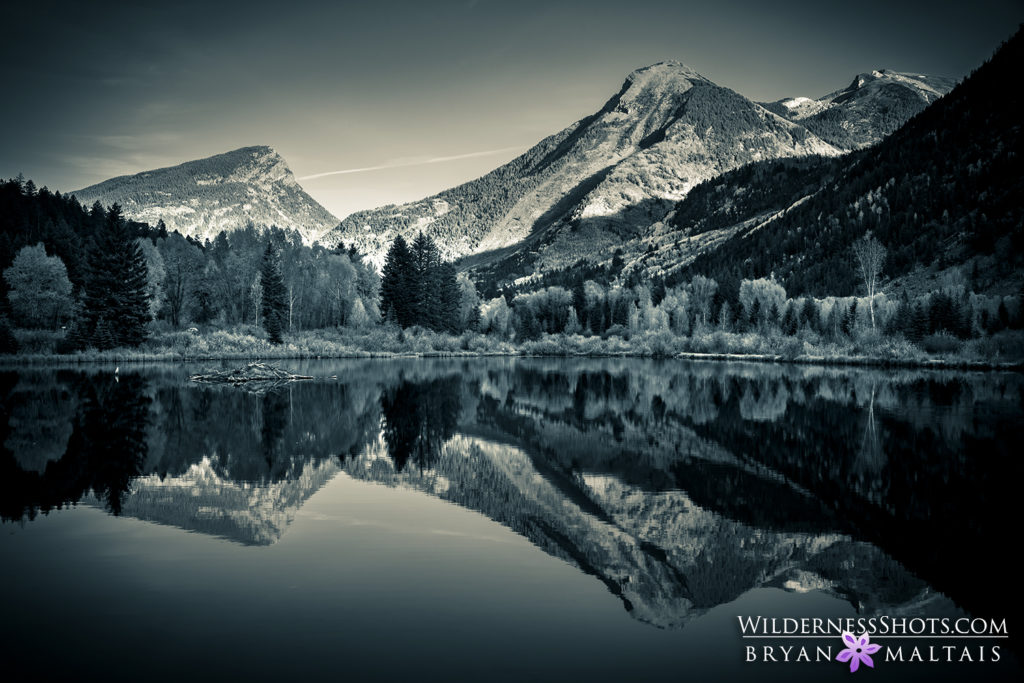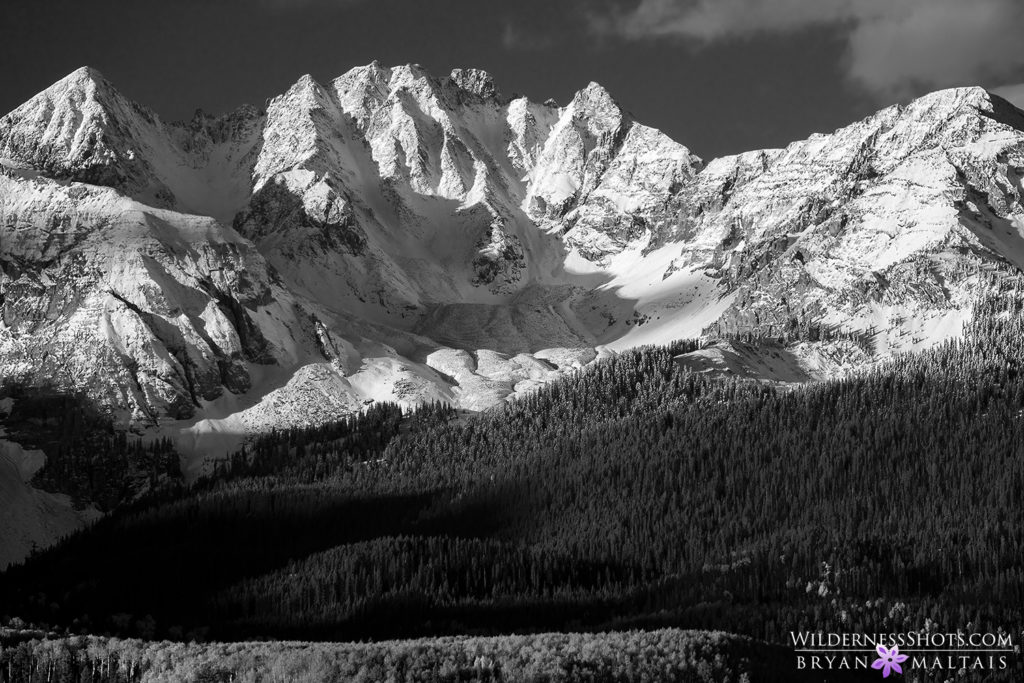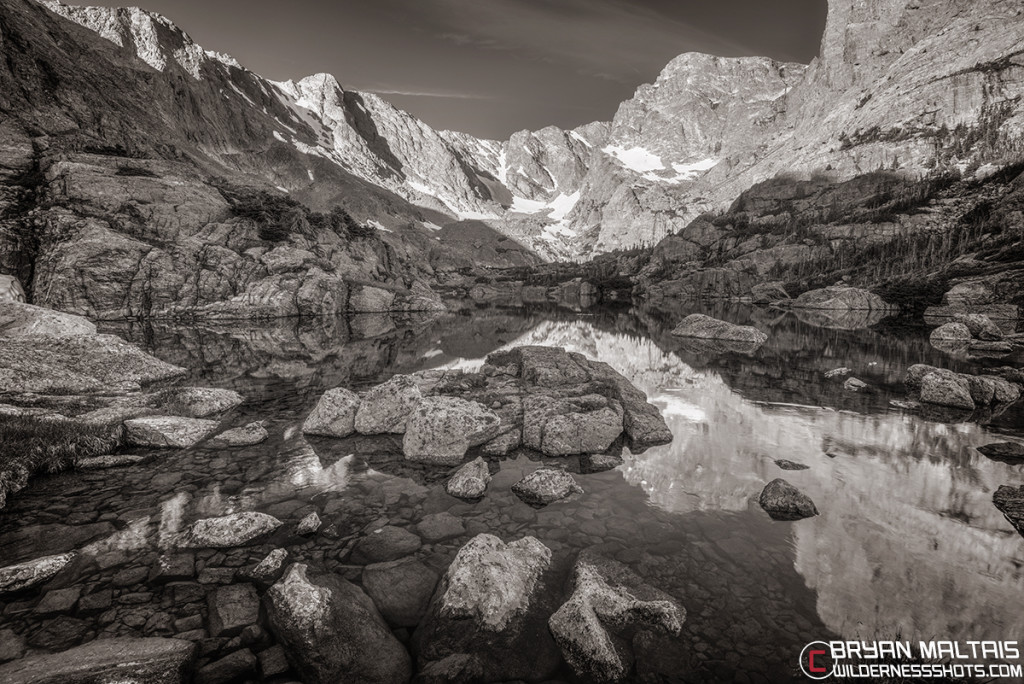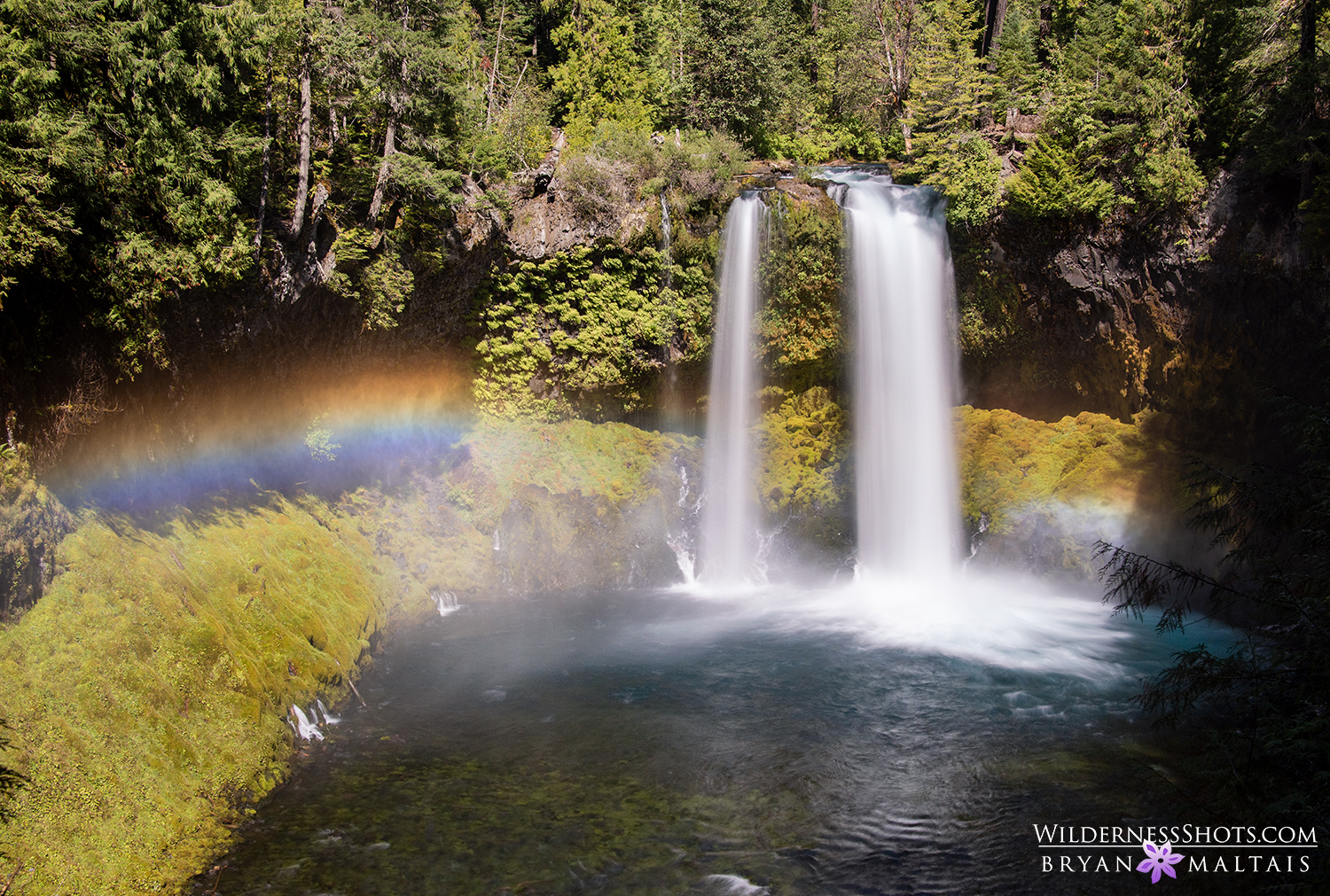
How to photograph in Sunny Skies
The inspiration for this blog came from my most recent fall colors photography trip through southwest Colorado. The weather was warm and sunny without a cloud in the sky for most of my time there. To most non-photographers this is good weather, and what many of my friends think I seek on my photo trips. However, in most photographers’ opinions this is “bad” photography weather, and a disappointing site to arrive to. Clear skies appear on well over half of my shoots, especially in sunny Colorado. It’s easier to create a dramatic image when interesting clouds boil up to balance out the top of the frame and to catch the pink light of the twilight sun. If I could describe the perfect sky for landscape photography it would be dark, churning clouds with scattered rain showers illuminated by the sun in the opposite direction. When the space that clouds should exist is empty, this creates a compositional problem. We photographers devote a lot of time, miles, and planning to our photography expeditions, so it’s important to know how to make the most of boring weather. And so the uneventful, bluebird skies that I experienced in Colorado’s San Juan and West Elk Mountains widened my creative eye and forced me to seek compositions less obvious than the vast landscapes that I came to shoot.
Go into the Forest
The forest is a fantastic photography theater because there compositions don’t need clouds to be interesting, and you can use harsh, direct sunlight to your advantage. You normally avoid photographing landscapes in direct mid-day sun because it casts harsh shadows and ugly bleached light. But in the forest that light often falls as beautiful dithered speckles on the forest floor with a warm glow as it filters through colorful leaves. It also adds interest to include a sunstar with its radiating beams in the frame. You can achieve a sunstar by shooting with a small aperture (f/11 or smaller), and by positioning the sun so that it’s “touching” the edge of a tree trunk.
Find Subjects that include little Sky
Some landscapes are so impactful that they don’t need the support of clouds to create a complete and beautiful composition. If you show up to a cloudless scene you should look for alternate compositions that don’t rely on the sky, but include powerful foreground elements such as the Agave or frozen pond in the examples below.
Use Clear Skies for Night Photography
Might as well make wine out of grapes. The clouds we covet for great sunrise and sunset photography are a hindrance for astrophotography of star trails and the Milky Way. If you don’t think there will be a good composition at sunset without clouds, go enjoy a beer and emerge with the owls later on.
Shoot Black and White
In monochromatic photography, the contrast produced by the lack of color itself becomes the focal point, shifting attention away from the lack of clouds.

